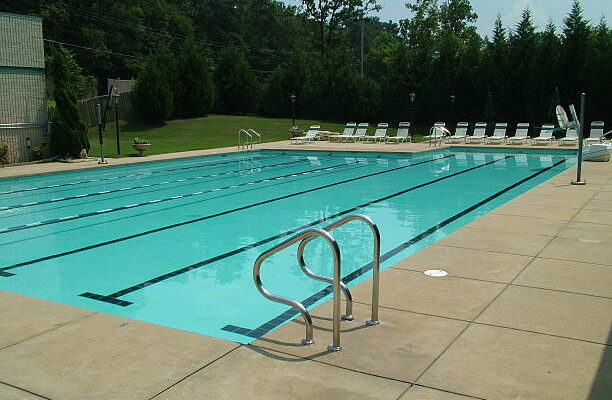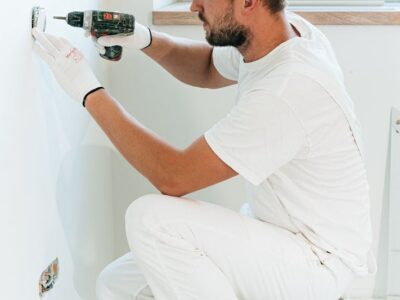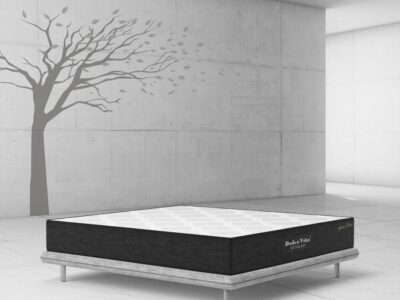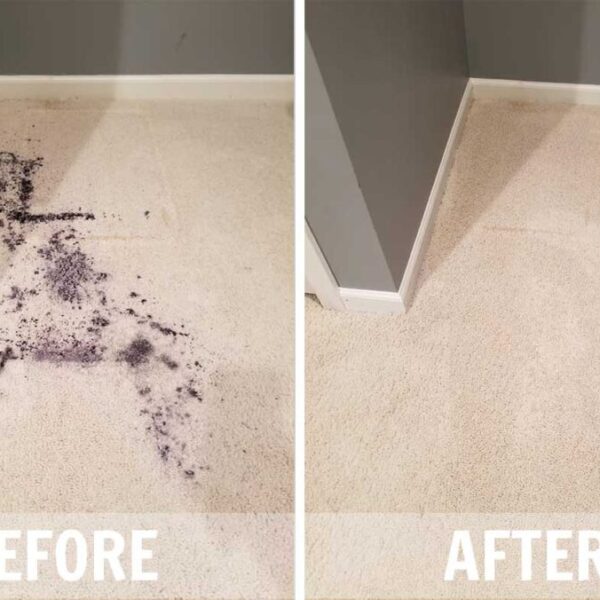
A sparkling pool is the epitome of summer fun. Whether you’re taking a refreshing dip on a hot day or hosting a poolside gathering with friends, a well-maintained pool enhances your outdoor living space. But maintaining a clean and healthy pool requires consistent effort. Here’s a comprehensive guide to weekly pool maintenance, ensuring your pool stays safe and inviting throughout the season.
Gathering the Essentials:
Before diving in (literally!), ensure you have the necessary tools:
- Pool skimmer net: Removes leaves, insects, and debris from the water surface.
- Pool brush: Specifically designed for pool surfaces, it helps remove algae and grime.
- Pool vacuum: Manual or automatic, it removes settled debris from the pool floor.
- Pool test strips or liquid testing kit: Measures the chlorine and pH levels in your pool water.
- Pool shock: Used periodically to raise chlorine levels and eliminate bacteria and algae.
- Pool chemicals: Based on your test results, you may need chlorine granules, pH adjuster (up or down), or algaecide.
Safety First!
Always prioritize safety when handling pool chemicals. Wear gloves, eye protection, and follow the manufacturer’s instructions carefully. Never mix chemicals directly, and always add chemicals to water, not the other way around.
The Weekly Routine:
1. Skimming
Start by skimming the water surface with your net. Remove leaves, insects, and any floating debris. This prevents them from settling at the bottom and decomposing, which can affect your water chemistry.
2. Brushing
With your pool brush, scrub the walls, floor, and steps of the pool. Focus on areas prone to algae buildup, like corners and the waterline. Brushing loosens dirt and debris, making it easier for the filter and vacuum to remove them.
3. Vacuuming
Use your pool vacuum to clean the bottom of the pool. Move the vacuum in a slow, methodical pattern, ensuring all areas are covered. For manual vacuums, connect the hose to the skimmer or dedicated suction port. For automatic vacuums, let them do their job while you tackle other tasks.
4. Testing the Water
Testing your pool water is crucial for maintaining a healthy balance. Use pool test strips or a liquid testing kit to measure the chlorine and pH levels. Chlorine levels should be between 1-3 ppm, and the pH should be between 7.2 and 7.8.

5. Adjusting the Water Chemistry (as needed, variable time):
Based on your test results, adjust the water chemistry as needed.
- Low Chlorine: Add chlorine granules to raise chlorine levels to the recommended range.
- High Chlorine: Wait 24 hours and retest. If levels remain high, adjust your pool’s chlorination system or shock the pool at dusk.
- Low pH: Add pH increaser to raise the pH level.
- High pH: Add pH decreaser to lower the pH level.
6. Shocking the Pool
Shocking the pool is a vital step to eliminate bacteria and algae that chlorine alone might miss. Do this at dusk with the pool pump running. Follow the manufacturer’s instructions for the recommended amount of shock based on your pool size.
7. Emptying the Skimmer Basket and Pump Basket (weekly, 5 minutes):
Clean out the skimmer basket and pump basket regularly to prevent debris buildup that can hinder filtration. Simply remove the baskets, empty them, and rinse them with a garden hose before placing them back.
Bonus Tip: Skimming and brushing daily during peak usage periods, like weekends or hot weather, can significantly reduce maintenance needs.
Weekly Pool Maintenance Checklist (Printable):
For a handy reference, consider creating a printable checklist with the steps listed above. This will help you stay on track and ensure you don’t miss any crucial tasks.
When to Call a Pool Service in McKinney, TX
While weekly maintenance is effective for most pools, there are times when calling a professional is recommended:
- Green or cloudy water: This could indicate a larger algae problem requiring professional treatment.
- Equipment malfunction: If your pump, filter, or heater isn’t functioning properly, a technician from a pool service in McKinney, TX can diagnose and repair the issue.
- Chemical imbalance beyond your comfort level: If you’re unsure how to adjust your water chemistry or the problem persists, a pool service professional can help.










